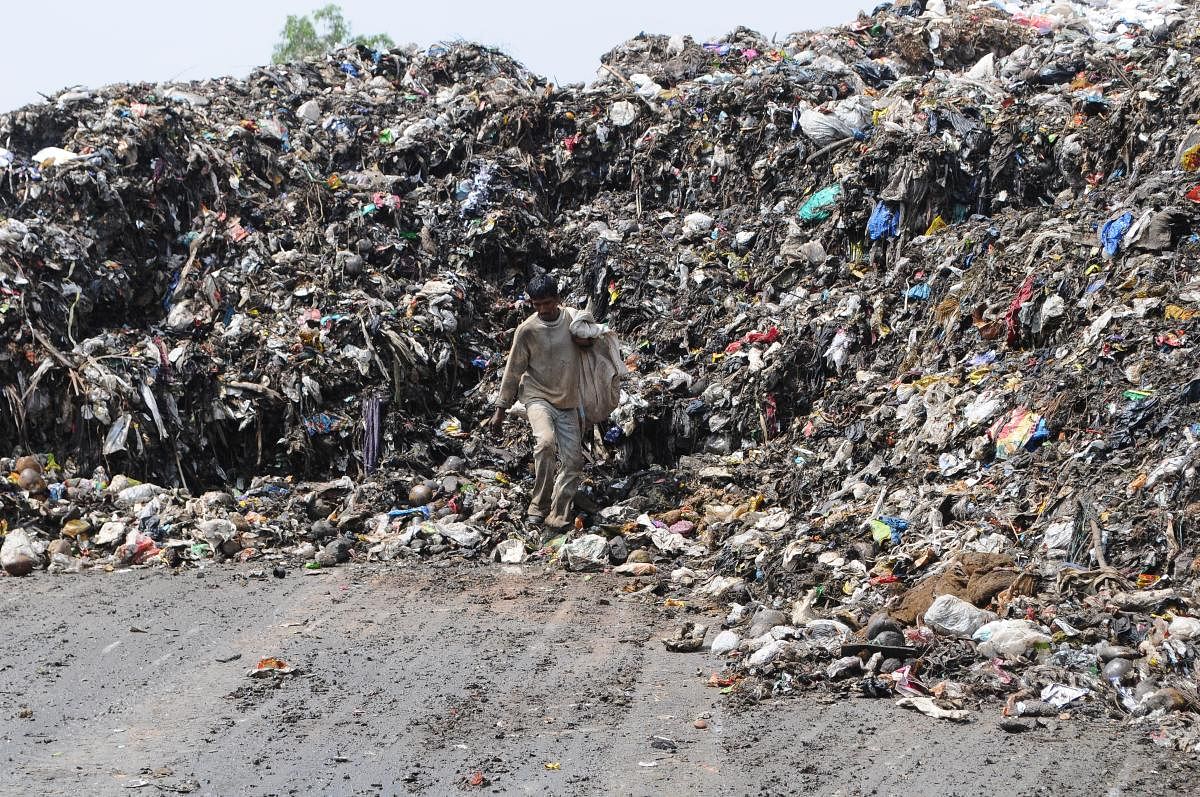
The project to segregate and process nearly 20 lakh metric tonnes of legacy waste lying in Mandur has begun at an estimated cost of Rs 95 crore. Legacy waste is collected and kept for years at a landfill.
The ambitious project aims to reclaim 80 acres of prime land to be used for other purposes. Moreover, the huge legacy waste is also polluting groundwater and is a threat to the local ecology.
Bruhat Bengaluru Mahanagara Palike (BBMP) officials said they are done with the tender formalities for the project. “Only one portion (south block) of the 135-acre landfill will be mined in the first phase. We have received a much lower price than what firms have quoted in other cities for similar work,” a BBMP official said.
Since the project has been implemented under the ‘Shubra Bengaluru’ programme, the civic body has sent the file to the Urban Development Department (UDD) for approval.
While the state government had allocated special grants to biomine the Mandur landfill in 2019-20, the plan could not start despite a high court order. Only this year did the UDD expedite it by clearing all the administrative roadblocks.
The department had also vetted the tender documents after two tenders floated by the BBMP were called off citing discrepancies.
Leo Saldanha, co-ordinator at the Environment Support Group, said biomining is a feasible option considered across the world. “The landfill cannot be left as it is. While investment for equipment and labour is needed, biomining can reclaim the land that has been causing air and water pollution,” he said.
Saldanha insisted that work must be executed with diligence. “Labourers must be protected while separating toxic and non-toxic material. The exercise should not lead to air and soil pollution. Local communities should be kept in the loop. Manure recovered from the site should not be used for farming as the food will also be contaminated,” he said.
The BBMP’s detailed project report shows 35 per cent of the dumping yard is made of soil and stones, while 20% is organic material; 15% of the landfill is plastic and fiber.
Officials said the biomining work happens in three steps: pre-stabilisation and bioremediation of waste, segregation and processing, and safe disposal. Officials estimate that it would take two years to remove 10 lakh metric tonnes of waste from Mandur.